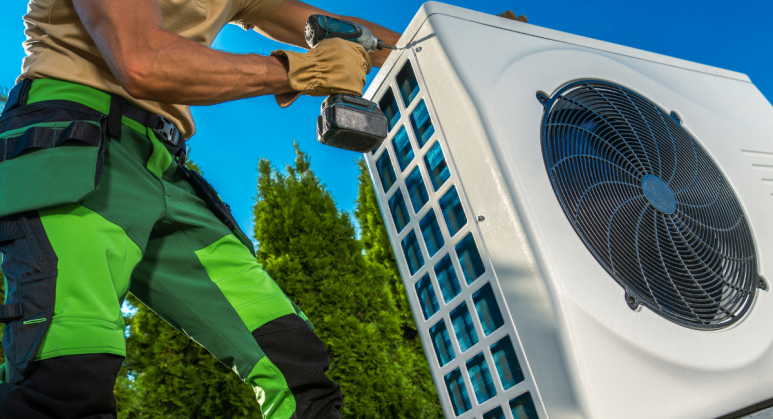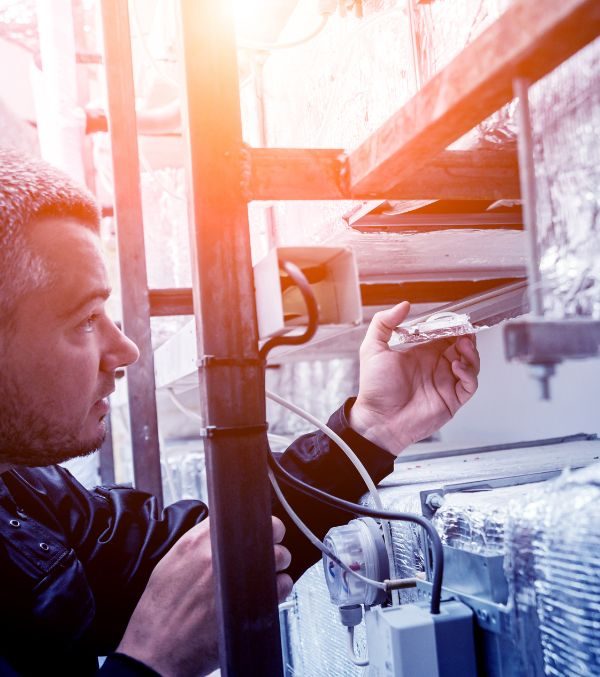
Schedule AC maintenance yearly to ensure proper functioning and extend the life of your unit.

When it comes to finding the right type of HVAC system, A.D. Campbell Services offers a variety of options. Depending on your needs and budget, we can provide you with a system that is tailored to suit your preferences. Whether you are looking for a standard system or something more advanced, we’ve got you covered!
Our HVAC installation process is quick and efficient. We make sure that all aspects of the installation are done correctly, including the wiring, installation of the ducts, and any other necessary components. Once the HVAC system is installed, we will test it to ensure it works properly.
HVAC installation can provide multiple benefits to any commercial property. Regardless of the size or type of property, having a properly installed HVAC system by A.D. Campbell Services will provide a range of advantages, such as:
The most important component of HVAC installation is choosing the right system for your home or business. This includes determining the size and type of equipment needed, as well as the type of ductwork and vents that will be required. Once the system is selected, the installation process entails connecting the necessary components and settings to ensure proper operation.
The length of time it takes to install an HVAC system varies depending on the complexity of the project. On average, a basic installation can take anywhere from one to two days. However, larger, more complex projects may take several days to complete.
To keep your HVAC system running efficiently and safely, it’s important to perform regular maintenance. This includes changing out the filters, cleaning the condensation lines, checking the supply and return ducts for blockages, and inspecting the system for any signs of wear and tear. Additionally, having an HVAC professional inspect, adjust, and service the system on a yearly basis is highly recommended.
The cost of HVAC installation depends on several factors, including the size of the system, the type of equipment needed, the complexity of the installation process, and the amount of labor involved. In general, the larger and more complex the system, the higher the cost of installation will be.
